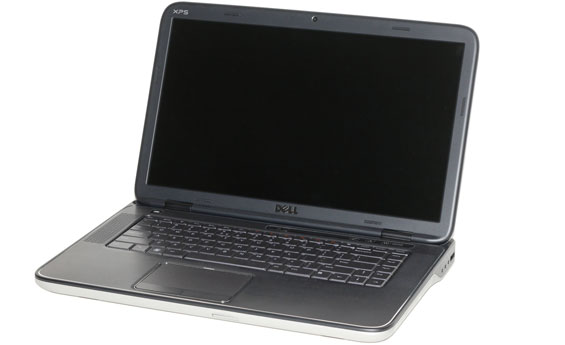Here is a snippet of the hybrid graphics switching ACPI DSDT table for the Asus N61Jv laptop:
Scope (\_SB.PCI0.PEGR.GFX0)
{
OperationRegion (HDAY, SystemMemory, 0xF8100000, 0x0FF0)
Field (HDAY, ByteAcc, NoLock, Preserve)
{
Offset (0x48B),
, 1,
HDAE, 1
}
Name (DGPS, Zero)
Name (_PSC, Zero)
Method (_PS0, 0, NotSerialized)
{
Store (0xD0, DBG8)
Store (Zero, _PSC)
If (LNotEqual (DGPS, Zero))
{
Store ("PS0: Need to power on dGPU", Debug)
\_SB.PCI0.PEGR.GFX0._ON ()
Store (Zero, DGPS)
Sleep (0x01F4)
Store (Zero, HDAE)
\_SB.PCI0.LPCB.EC0.WRAM (0x0458, 0x43)
\_SB.PCI0.LPCB.EC0.TSES ()
}
}
Method (DON, 0, NotSerialized)
{
_ON ()
}
[..]
Method (_PS3, 0, NotSerialized)
{
Store (0xD3, DBG8)
If (LEqual (\OMPR, 0x03))
{
Store ("PS3: Driver wants to power off dGPU", Debug)
If (LEqual (DGPS, Zero))
{
\_SB.PCI0.LPCB.EC0.TSDS ()
\_SB.PCI0.PEGR.GFX0._OFF ()
Store (One, DGPS)
\_SB.PCI0.LPCB.EC0.WRAM (0x0458, 0x4B)
}
Store (0x02, \OMPR)
Store ("PS3: OMPR=2 now", Debug)
}
Store (0x03, _PSC)
}
Method (CLKS, 1, Serialized)
{
Store (\_SB.PCI0.SBUS.RBLK (0xD2, 0x00, 0x0C), CLKD)
If (Arg0)
{
Or (CB08, 0x03, CB08)
}
Else
{
And (CB08, 0xFC, CB08)
}
\_SB.PCI0.SBUS.WBLK (0xD2, 0x00, 0x0C, CLKD)
}
Method (DOFF, 0, NotSerialized)
{
_OFF ()
}












